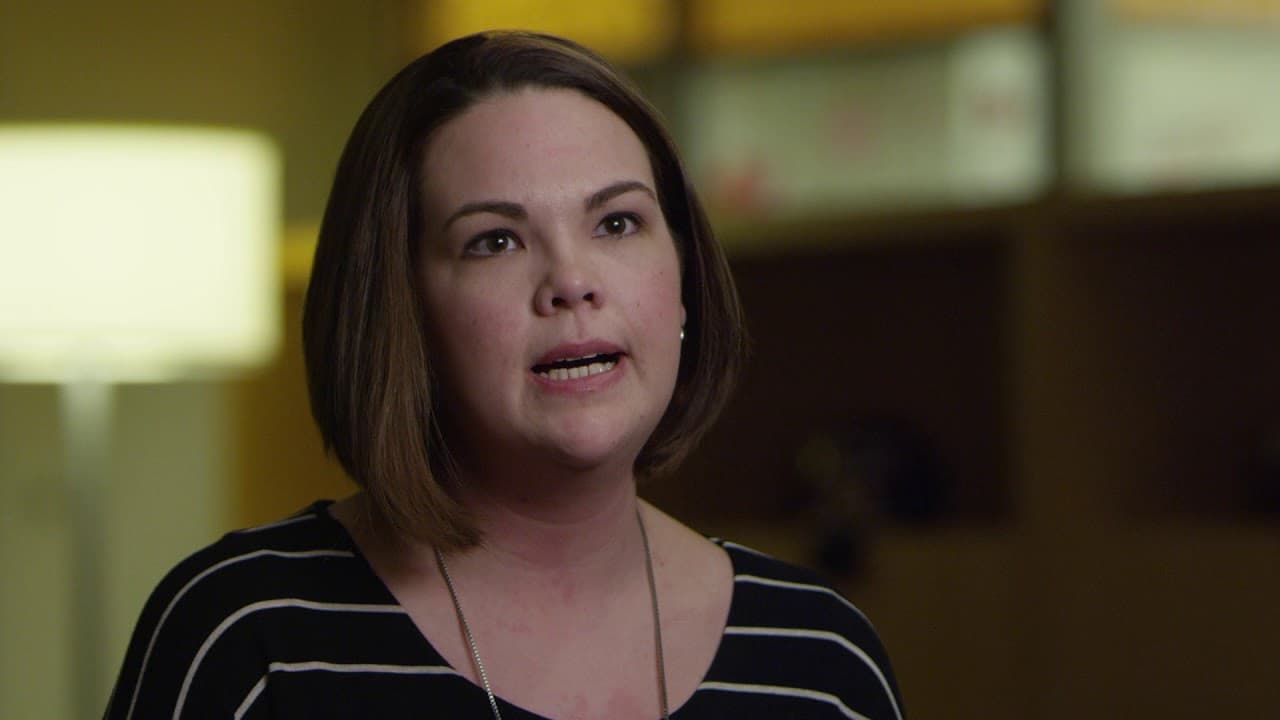Proven, Innovative Treatment from World-Class Limb Lengthening Specialists
Shriners Children's experienced pediatric orthopedic surgeons are known throughout the country and the world for their skill in performing limb lengthening surgeries. The goal of this procedure to address a limb length discrepancy is clear: Preserve your child's limb function and mobility to help them participate in sports and other childhood activities and be as functional as possible as they grow into an independent adult.
Though this can sometimes be a years-long process, what you will find here at Shriners Children's is a family – both in your medical team and with parents and children who are at different points along the same path you now walk.
About the Surgery
This treatment takes advantage of the most recent advances in technology and medical care to regenerate, realign and improve the function of your child's arm or leg.
Children with different congenital or acquired problems require specialized procedures that may involve multiple surgeries. Children often require procedures to stabilize or realign joints prior to surgery to lengthen the limb. Lengthening can be achieved by the use of either an external fixation device or with one of the newer self-lengthening devices that are now available.
Shriners Children’s surgeons are highly skilled and experienced with external fixation, as well as internal devices. The internal devices often allow lengthening with less discomfort and earlier return to normal life, and are rapidly becoming the preferred method for limb lengthening, which Shriners Children’s has helped pioneer.
This treatment is most commonly performed on legs, but it can be done on arms as well.
After the Procedure
After the lengthening procedure, the internal or external device is used to lengthen the bone gradually, with new bone forming in the lengthening site. Members of the lengthening team will be with be with you and your child every step of the way, teaching you how to perform the daily lengthening, and monitoring the lengthening process. You will also be working closely with our physical therapy team to maintain motion and strength, and to adapt to the lengthening process.
Whether your child has an external fixator or internal device, physical therapy is a vital part of helping them reach their potential.
Specific treatments and services may vary by location. Please contact a specific location for more information.
Connor absolutely loves coming to the hospital. They make childhood a part of treatment.


Convenient, Skilled Physical Therapy
Conditions We Treat

Limb Deficiencies

Proximal Femoral Focal Deficiency

T.A.R. Syndrome

Amputations

Cerebral Palsy

Spasticity

Neurofibromatosis


